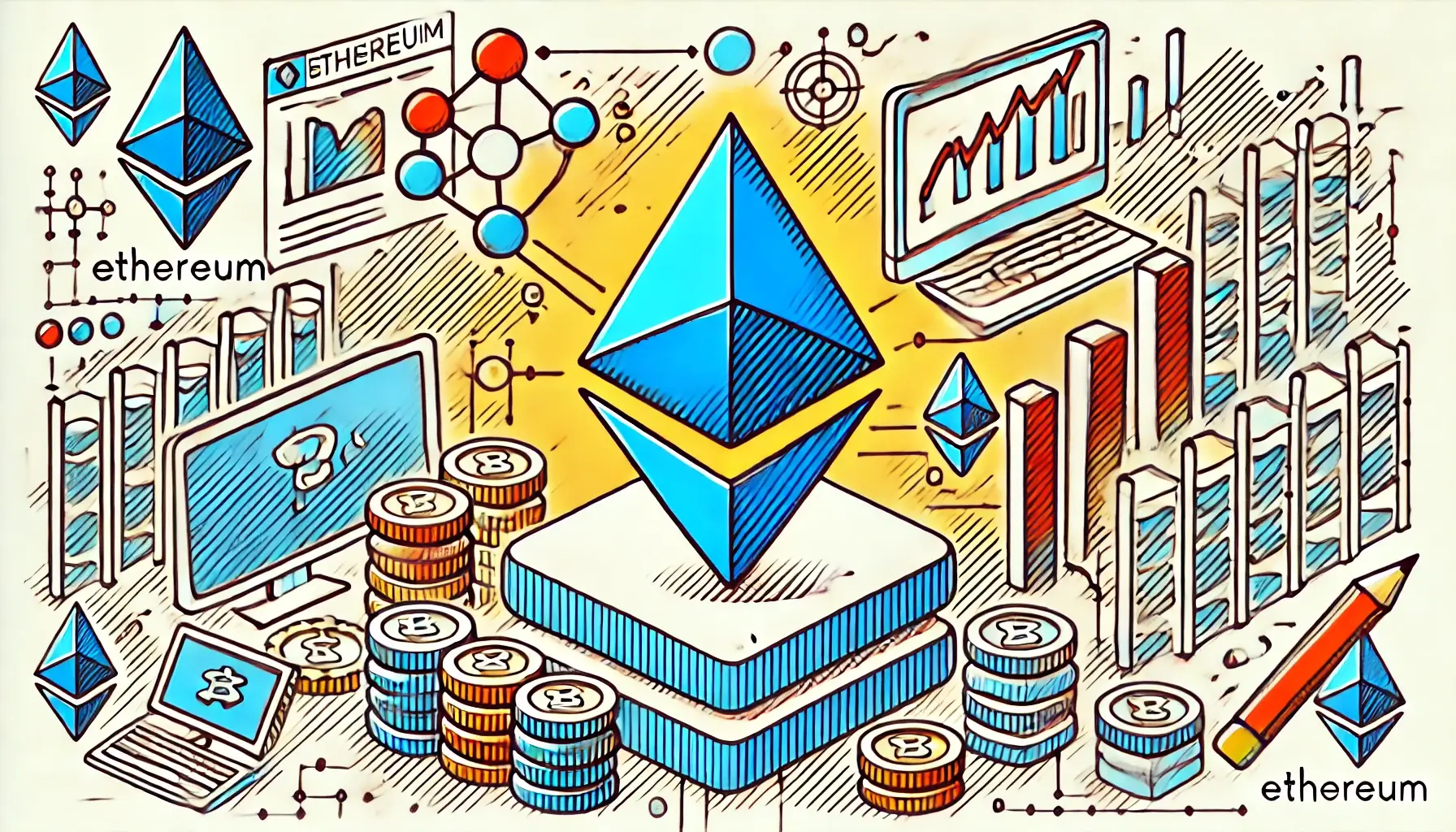Ethereum has become a pivotal platform in the world of decentralized applications (dApps), shaping the future of blockchain technology. This article delves into Ethereum’s impact and its evolving role in the decentralized ecosystem.
What is Ethereum?
Ethereum is a blockchain-based platform that enables developers to build and deploy smart contracts and dApps.
“Ethereum is the backbone of the decentralized web, offering unparalleled flexibility and functionality,” says Alice Johnson, a blockchain developer.
Key Features of Ethereum
- Smart Contracts: Self-executing contracts with the terms directly written into code.
- Decentralized Applications: Applications that run on a peer-to-peer network, eliminating the need for a central authority.
- Ethereum Virtual Machine (EVM): A runtime environment for smart contracts.
Ethereum 2.0
Transition to Proof of Stake (PoS)
Ethereum 2.0, also known as Serenity, marks a significant upgrade from Ethereum 1.0, transitioning from a proof-of-work (PoW) consensus mechanism to a proof-of-stake (PoS) model.
Benefits of Ethereum 2.0
- Scalability: Enhanced transaction processing capacity.
- Security: Improved network security through PoS.
- Sustainability: Reduced energy consumption compared to PoW.
Use Cases of Ethereum
Decentralized Finance (DeFi)
Ethereum hosts a wide array of DeFi projects, enabling decentralized lending, borrowing, and trading.
Non-Fungible Tokens (NFTs)
Ethereum’s blockchain supports the creation and trading of NFTs, representing unique digital assets.
Supply Chain Management
Smart contracts on Ethereum streamline supply chain processes, ensuring transparency and efficiency.
Challenges and Opportunities
Challenges
- Scalability Issues: Despite improvements, scalability remains a challenge.
- Regulatory Hurdles: Navigating regulatory frameworks is crucial for Ethereum’s growth.
Opportunities
- Innovation: Continuous development of new applications and protocols.
- Adoption: Increasing adoption by enterprises and developers worldwide.



